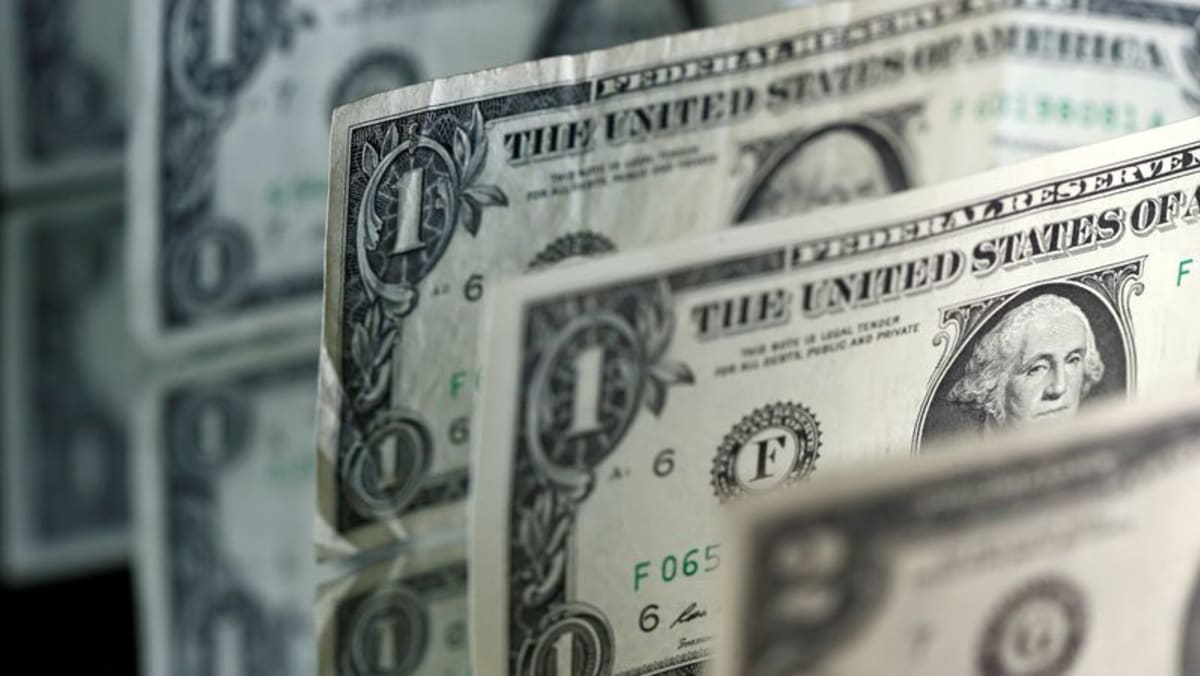SINGAPORE: United States President Donald Trump promised that Apr 2 would be “Liberation Day”, finally announcing the details of his long-mooted “reciprocal” tariffs, to tackle what he sees as the scourge of unfair trade that has held America back and hollowed out its manufacturing prowess.
But this is highly unlikely to “Make America Wealthy Again”. What it will do is create substantial trade uncertainty for export-dependent markets like Asia.
From Apr 5, a universal 10 per cent import tariff will be imposed on all markets, including Singapore (the only ASEAN country with which the US has a trade surplus), Australia, the United Kingdom and even the uninhabited Heard and McDonald Islands that are in Antarctica.
For about 60 other markets, including most of Asia, these will be topped up based on extra tariff assessments, starting Apr 9.
PROBLEMATIC WAY OF CALCULATING
The method of calculating tariff rates is problematic and will certainly have unsettled trading partners.
These figures were meant to be calculated by a complex matrix of existing tariffs applied to US exports, the level of the bilateral trade deficit in goods, a wide array of specific concerns like the application of a Value Added Tax (VAT) or Goods and Services Tax (GST), signs of currency manipulation, subsidies, non-tariff obstacles to trade, and a final category of unfairness.
Instead, the announced measures simply defined “tariffs charged to the USA including currency manipulation and trade barriers” as the size of the bilateral deficit divided by the size of US imports. This number was then divided in half to arrive at the final reciprocal tariff rate.
Those that scored below 10 were given 10 per cent automatically. This puts Vietnam at 46 per cent, Taiwan at 32 per cent, Japan at 24 per cent, Thailand at 36 per cent, Cambodia at 49 per cent and the Philippines at 17 per cent.
This calculation is a problem, because the figures were based on 2024 trade deficit levels. No amount of negotiation can change last year’s trading volume, and thus the reciprocal amount levied.
The White House has said that negotiations are possible, but even the quick concessions it is trying to force will offer no guarantees for trading partners.
ON TOP OF FREE TRADE AGREEMENTS
Nor have existing free trade agreements (FTA) offered any more certainty. These tariffs were applied to everyone – even Singapore and Australia, which have FTAs with the US that came into force in 2004 and 2005 respectively, will have tariffs applied to goods shipped to the US.
As these tariffs are claimed in the name of a “national economic emergency”, reciprocal tariffs are applied on top of any FTA tariffs (which are typically zero).
Singapore and Australia have emerged with “only” the 10 per cent baseline, while South Korea, which also has an FTA renegotiated under Trump 1.0, received a reciprocal tariff of 25 per cent.
GROWING COMPLEXITY OF TRADING WITH US
In many instances, these new reciprocal tariffs are stacked on top of an array of existing tariffs. China is particularly badly hit by this approach, as firms will need to include any existing Section 301 tariffs from the first Trump term (often up to 25 per cent), another 20 per cent imposed earlier this year under Trump 2.0, before adding the latest 34 per cent reciprocal tariff.
The US has begun collecting 25 per cent tariffs on all products of steel and aluminium or made with these metals. For these categories of goods, reciprocal tariffs do not apply, which highlights the growing complexity to managing trade with the US.
These are not the only tariffs on the horizon either.
From Apr 3, imported vehicles into the US had to fork over an additional 25 per cent tariff. The same rate will be levied against auto parts shortly. Both are covered by a probe alleging national security concerns. Mr Trump has already promised similar treatment of copper, lumber, critical minerals, pharmaceuticals and semiconductors.
The Trump administration promised shock and awe. It has certainly delivered both, along with considerable uncertainty. Asia will need to quickly figure out how to best take advantage of rapid changes in the economic landscape and minimise the damage ahead.
Deborah Elms is Head of Trade Policy at Hinrich Foundation and Founder of the Asian Trade Centre.


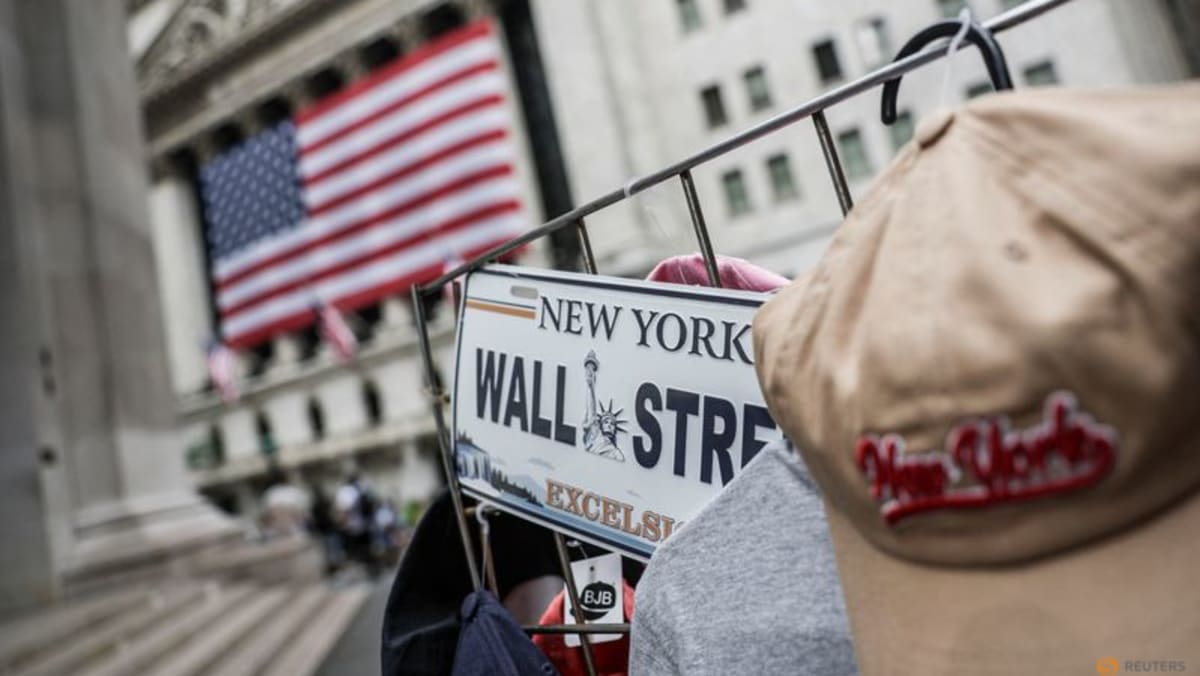







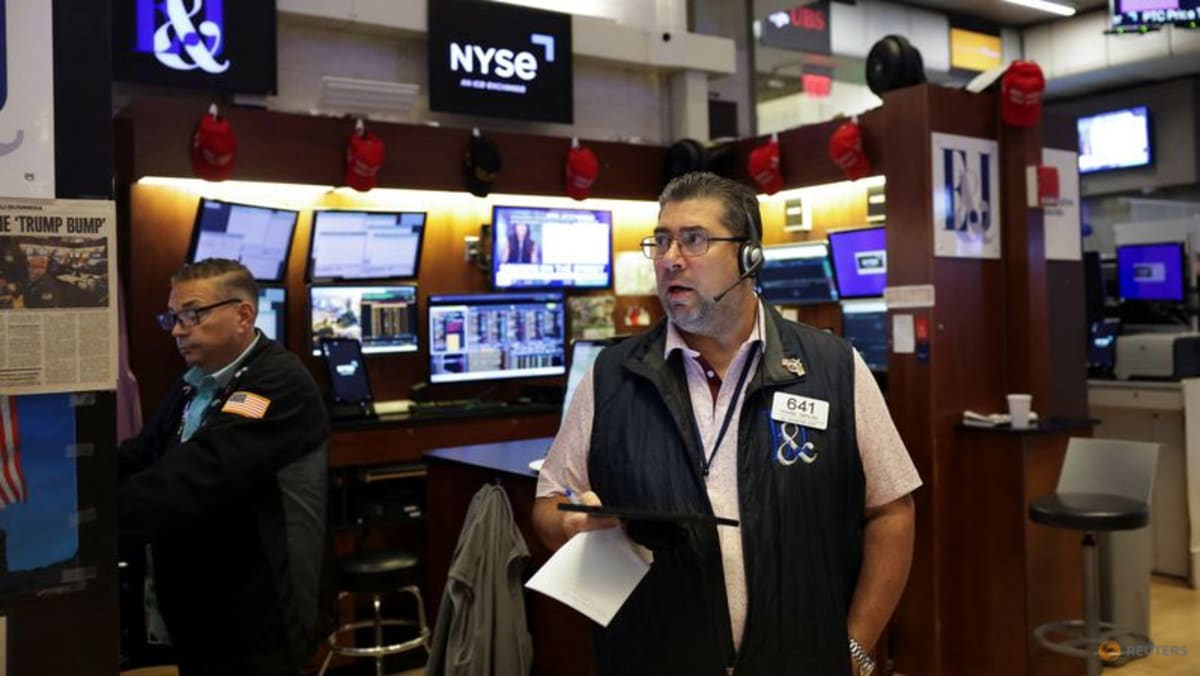


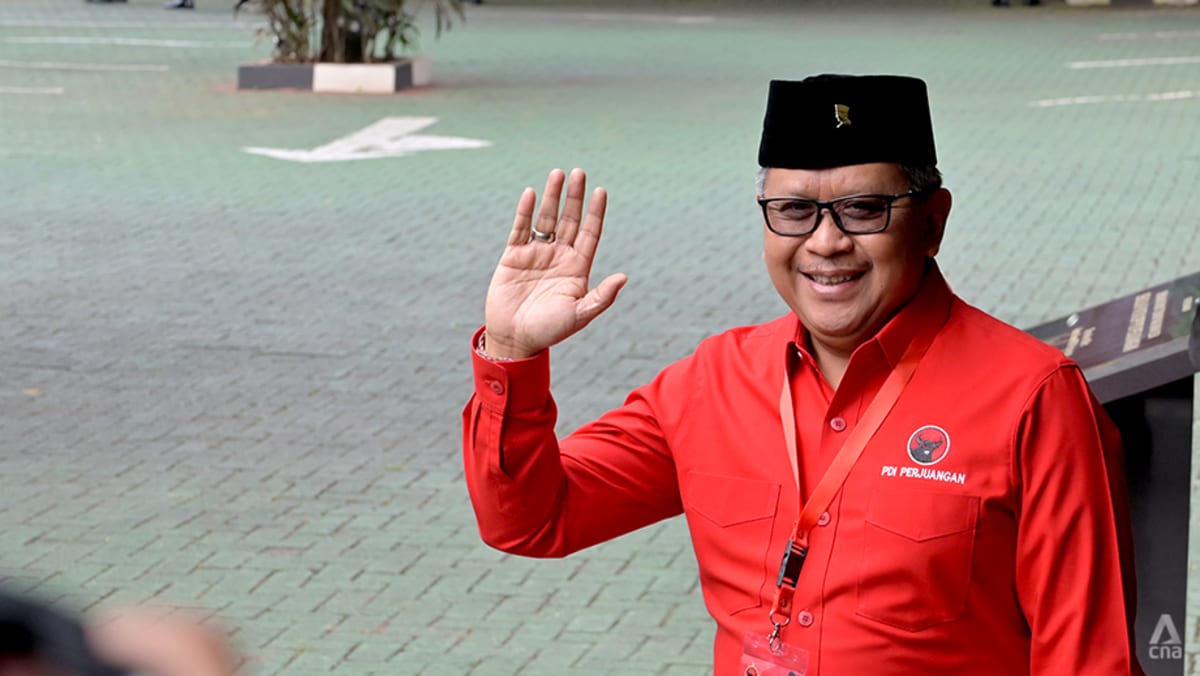
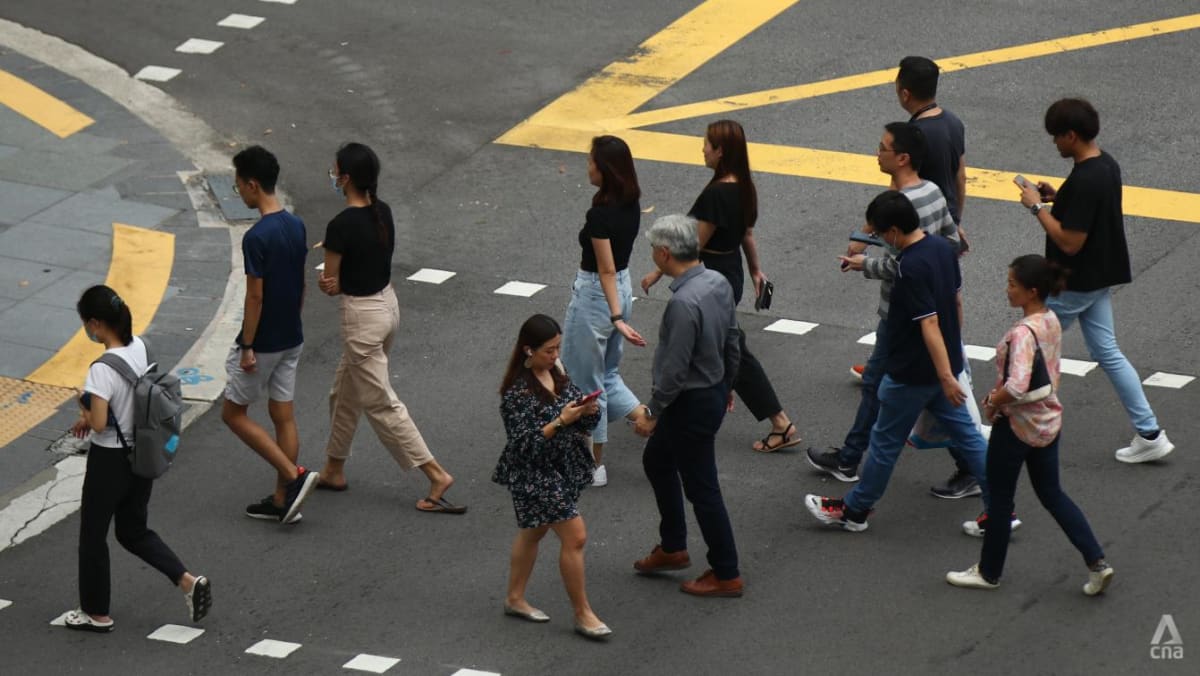

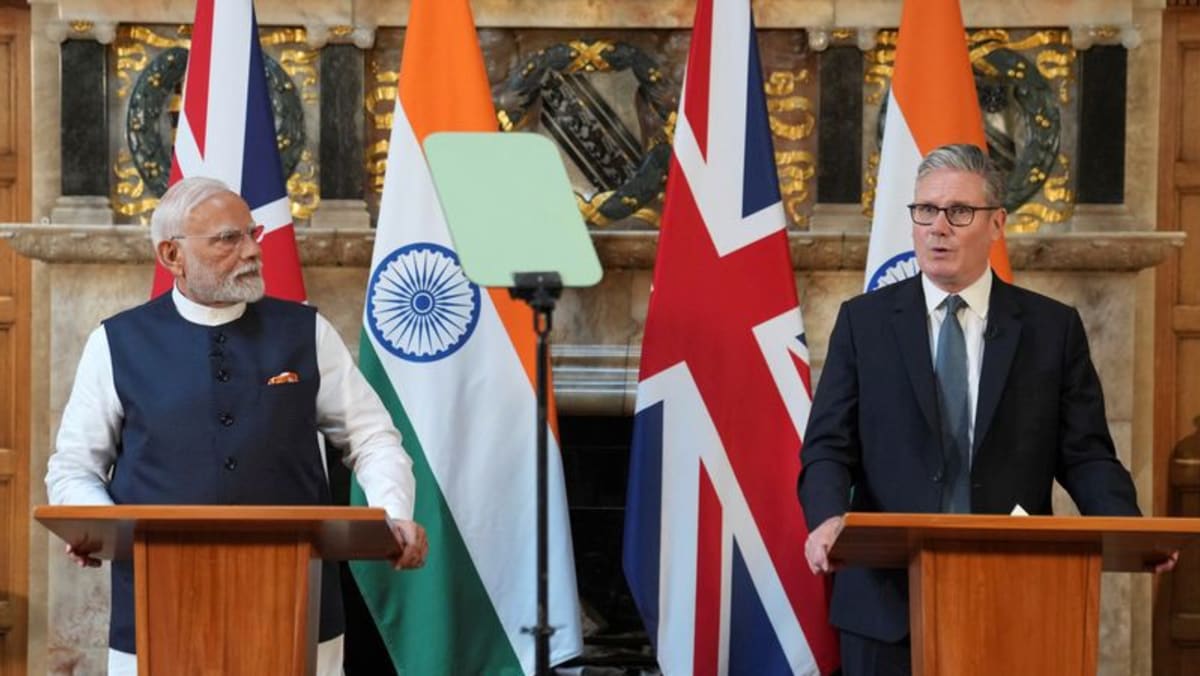
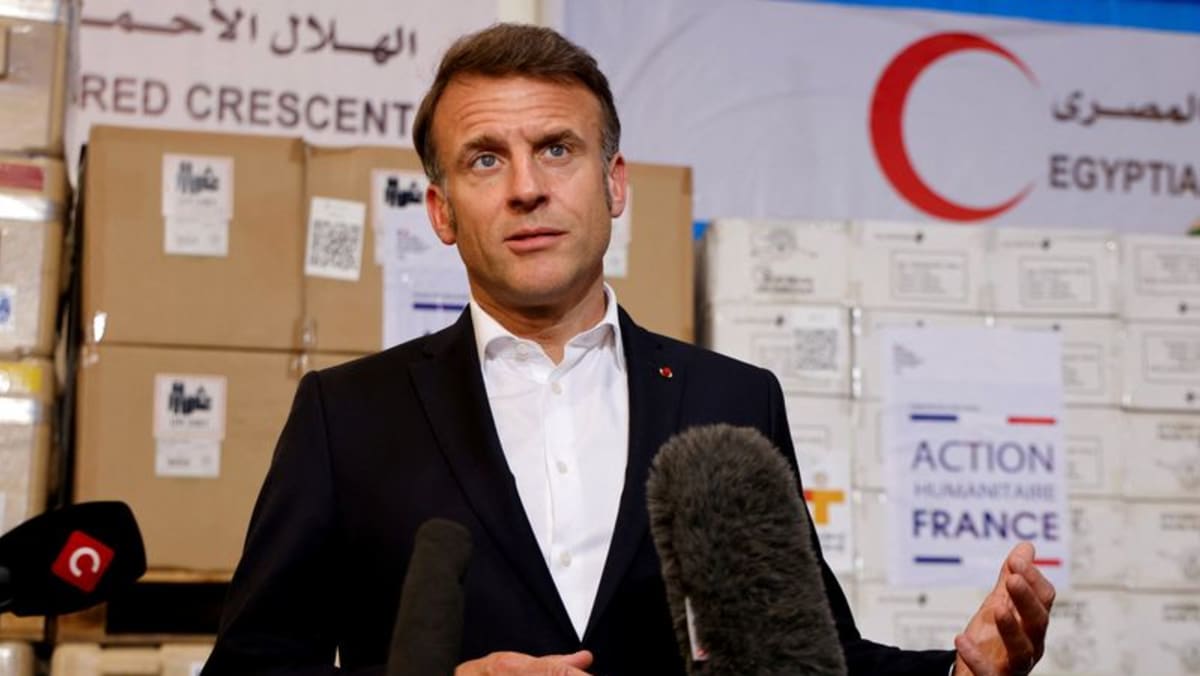


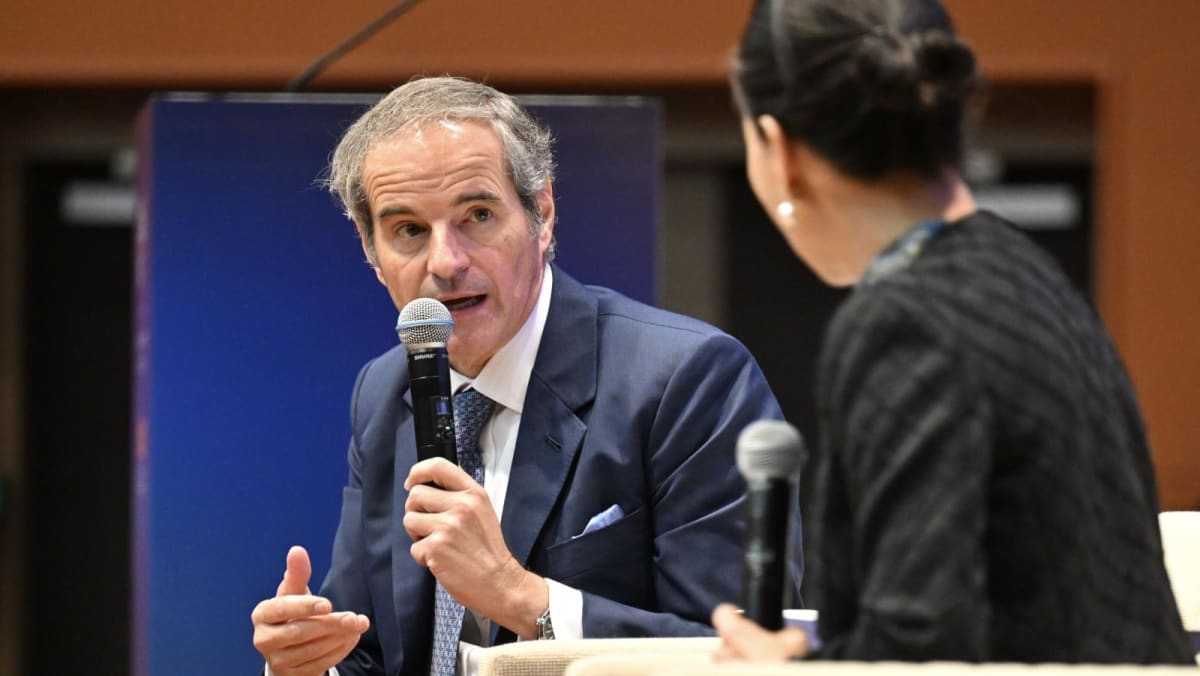










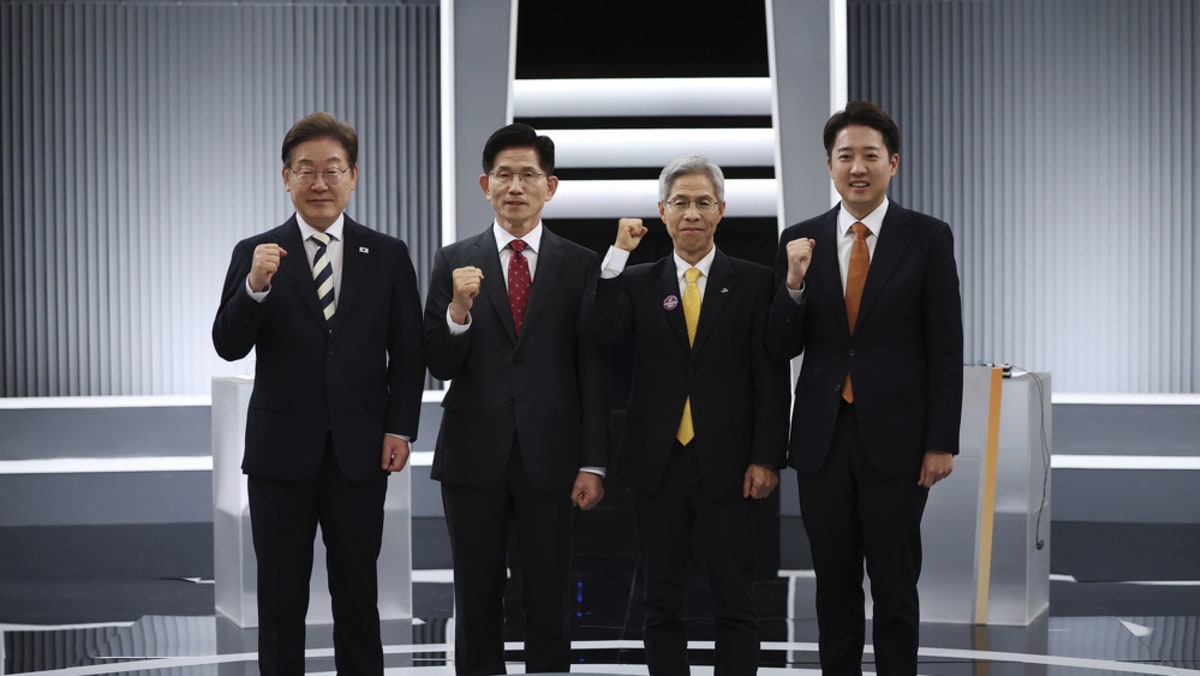

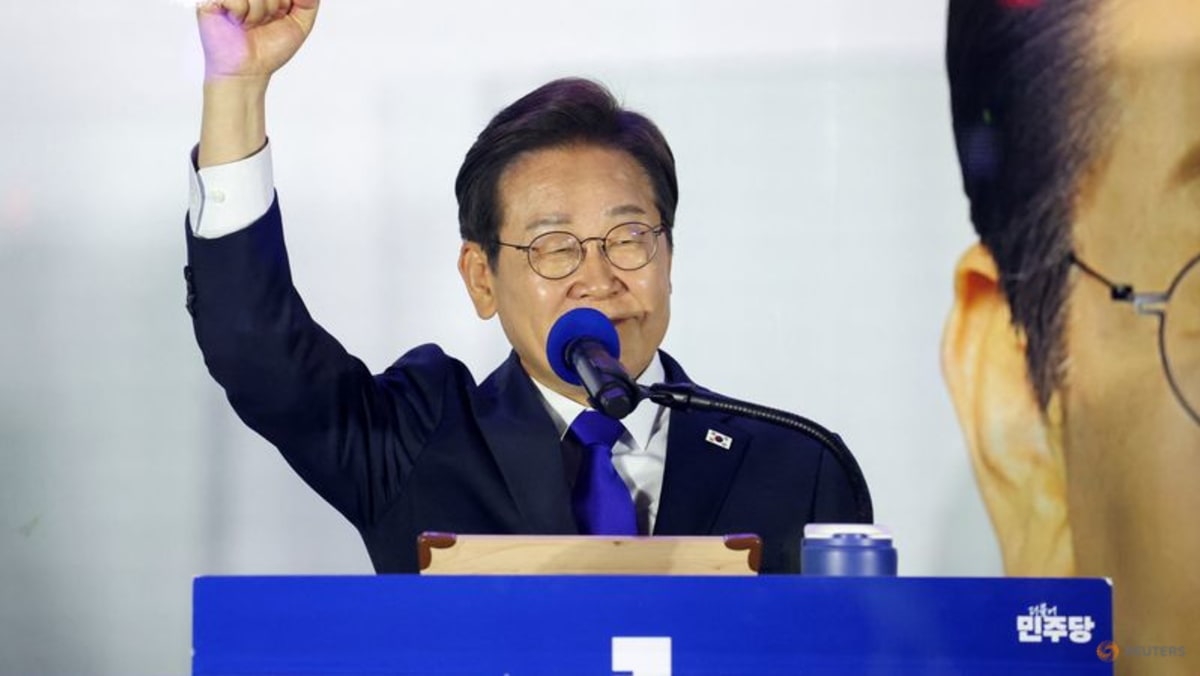
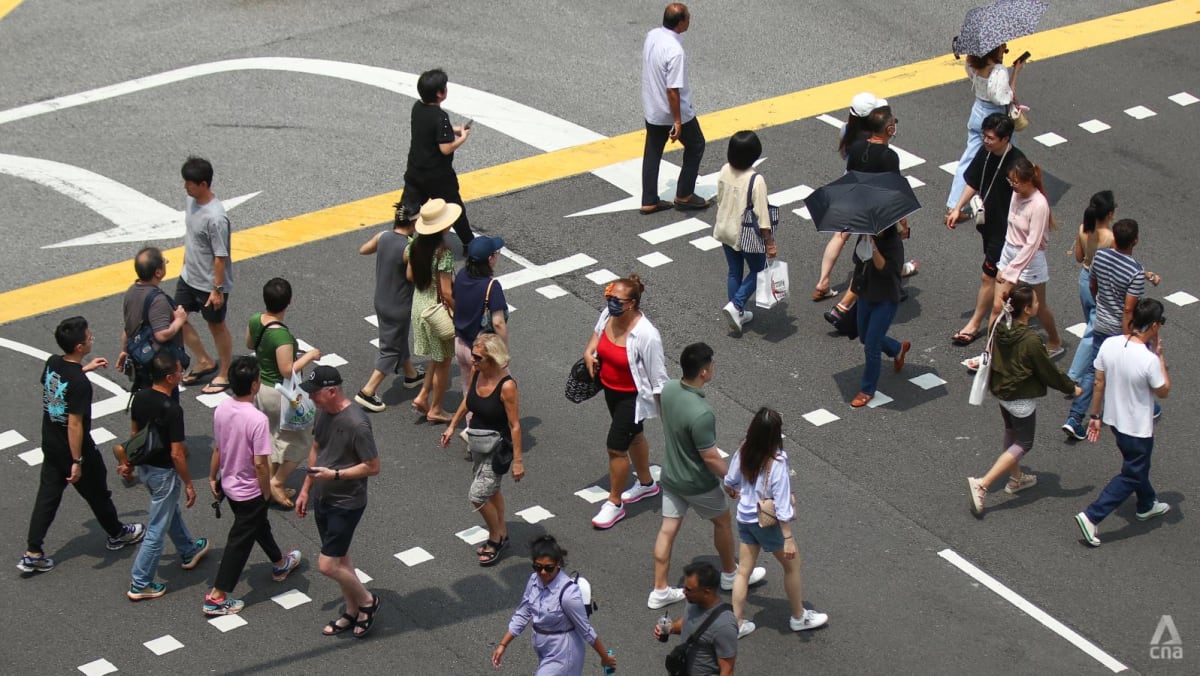
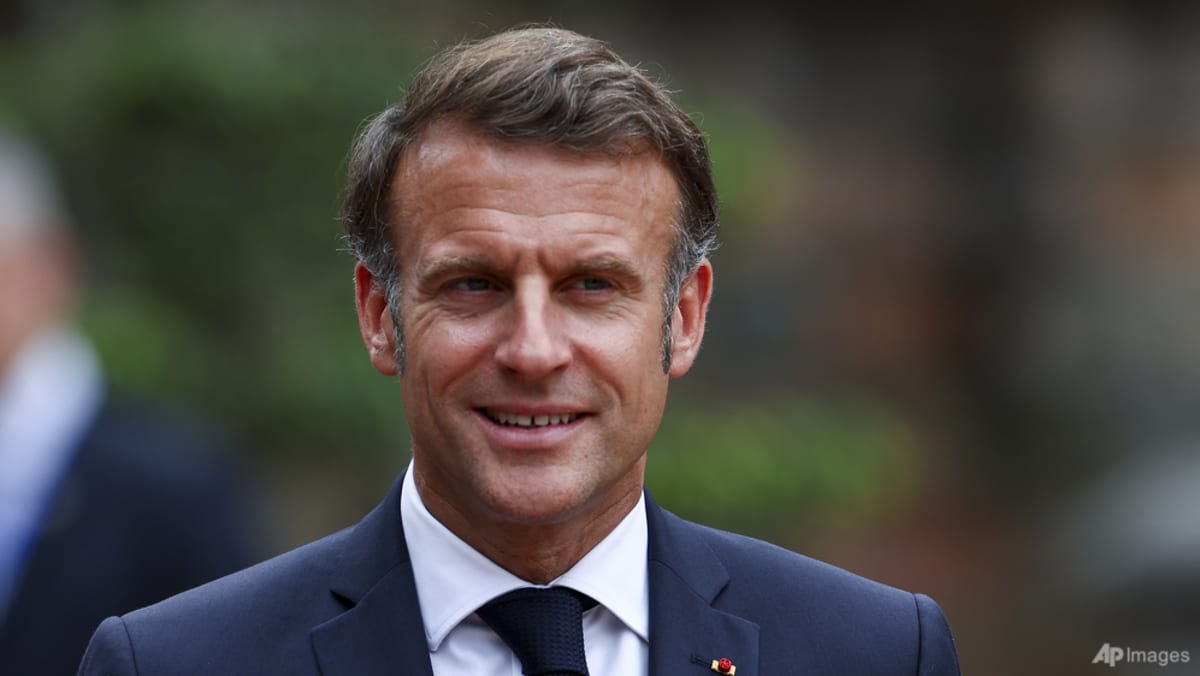

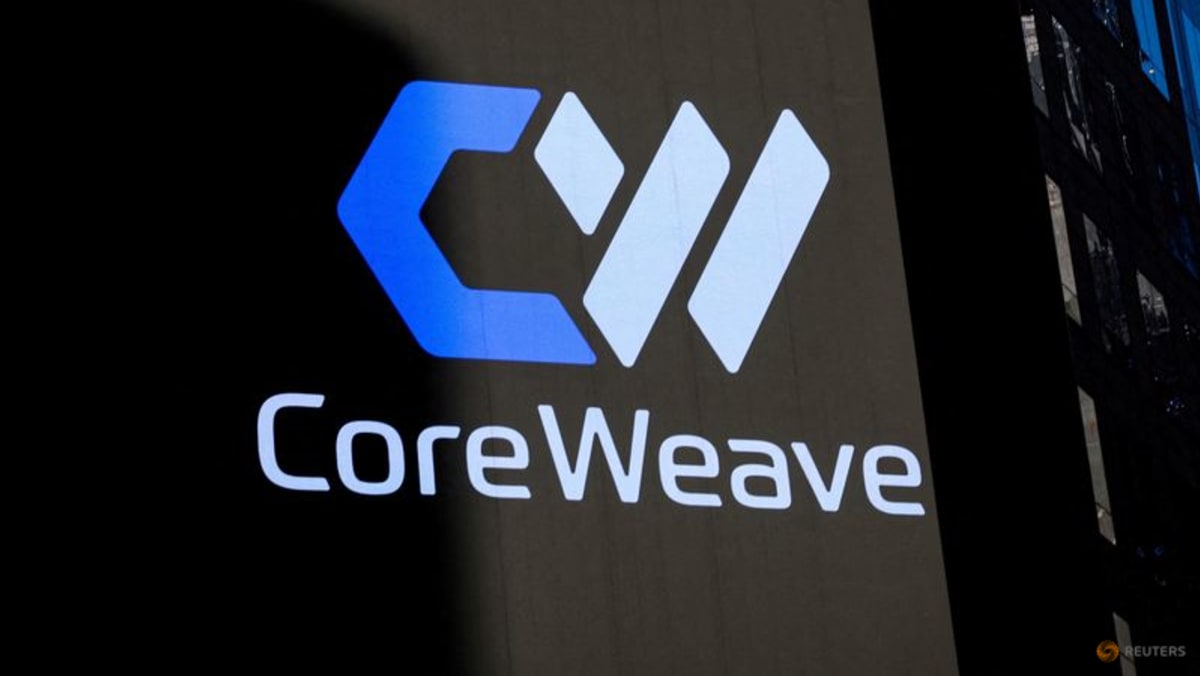


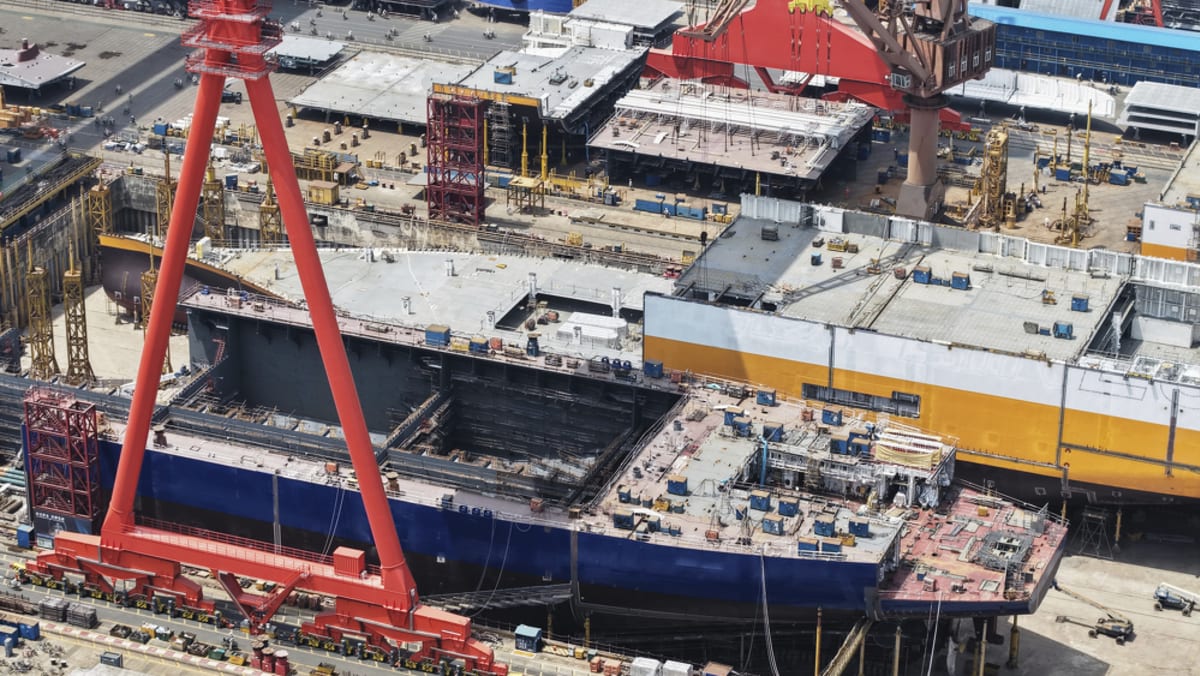

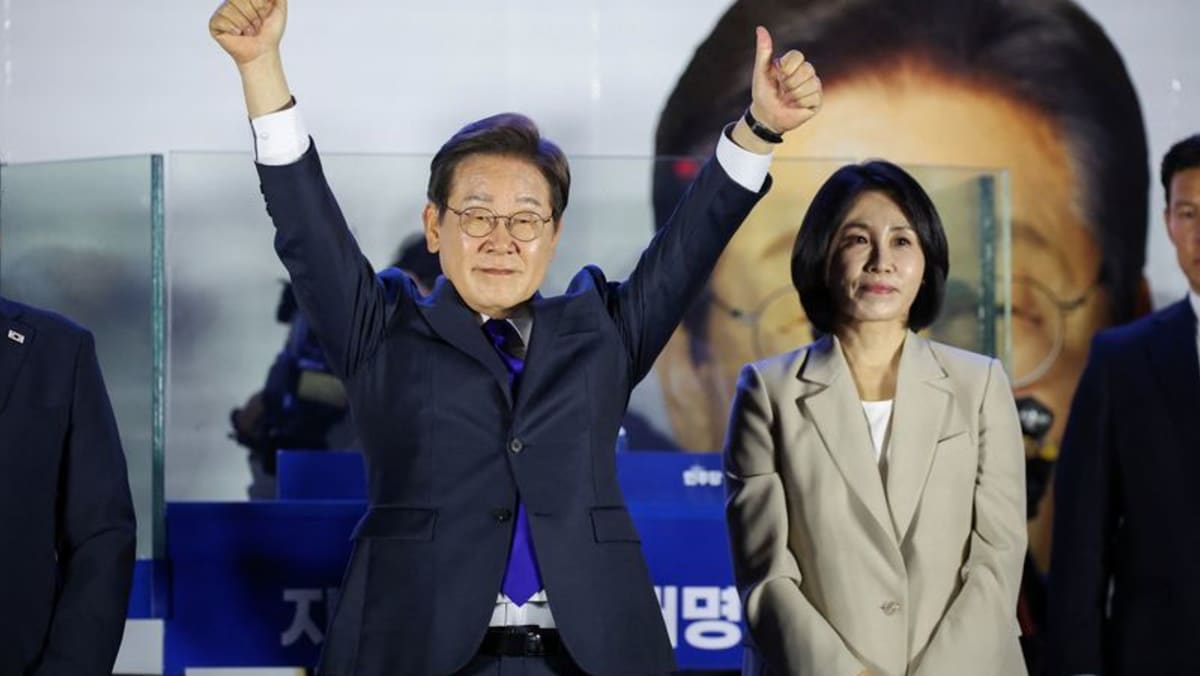


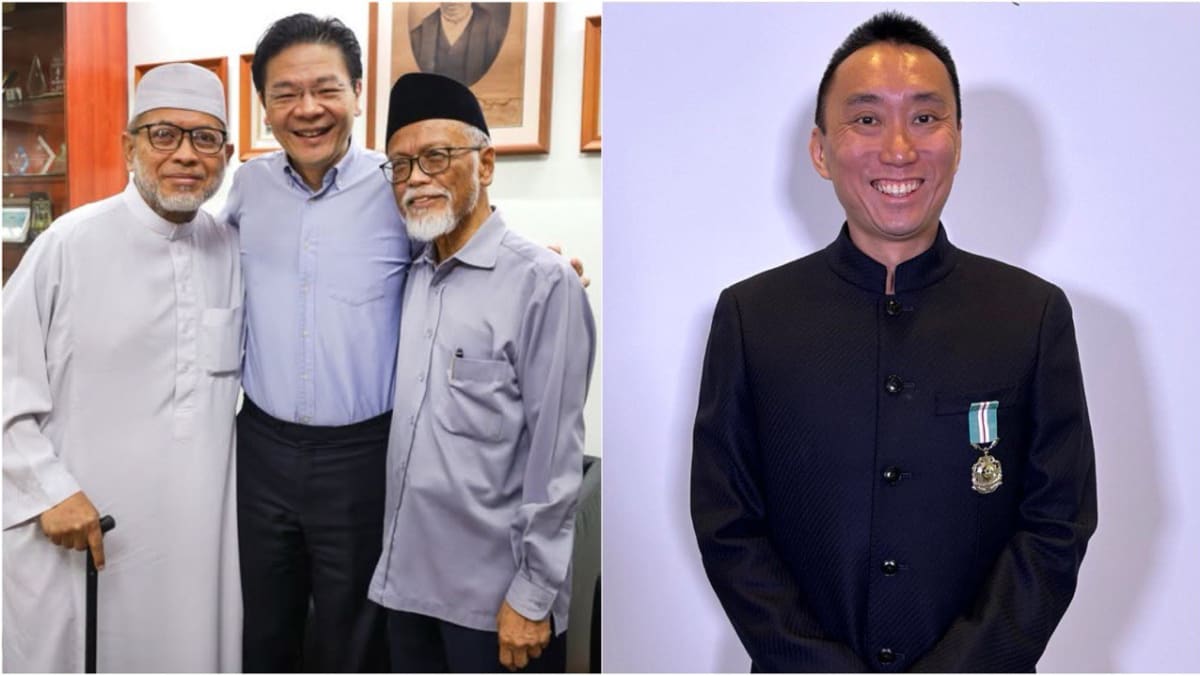

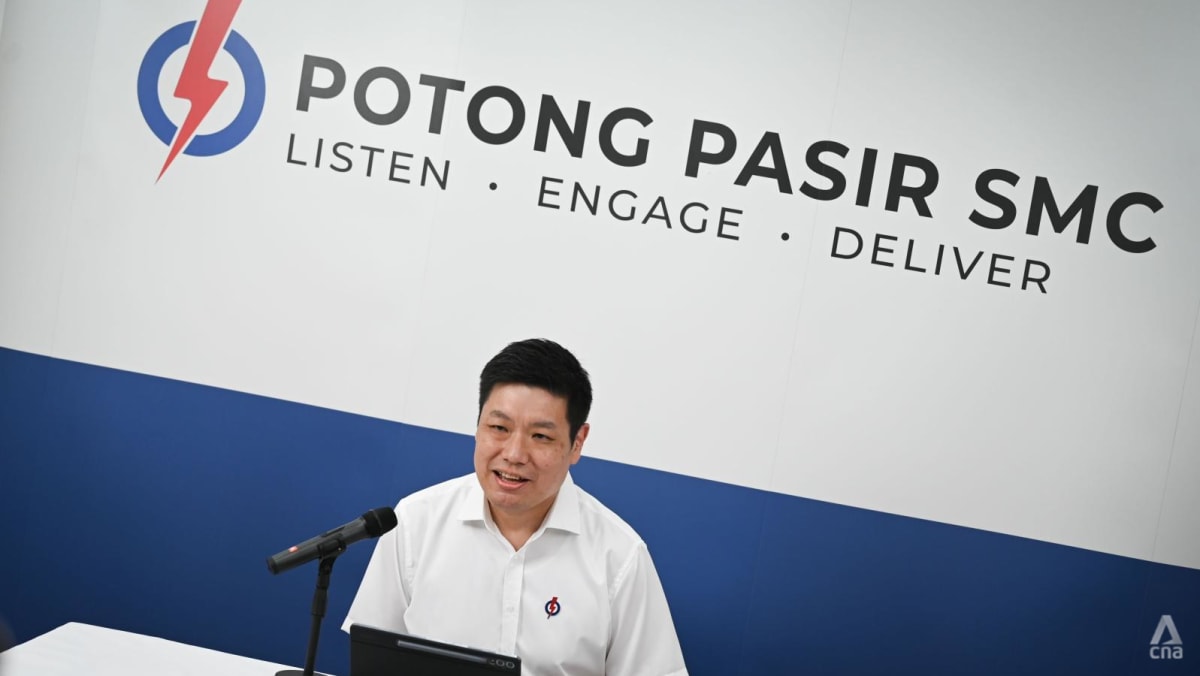
.png?itok=erLSagvf)
